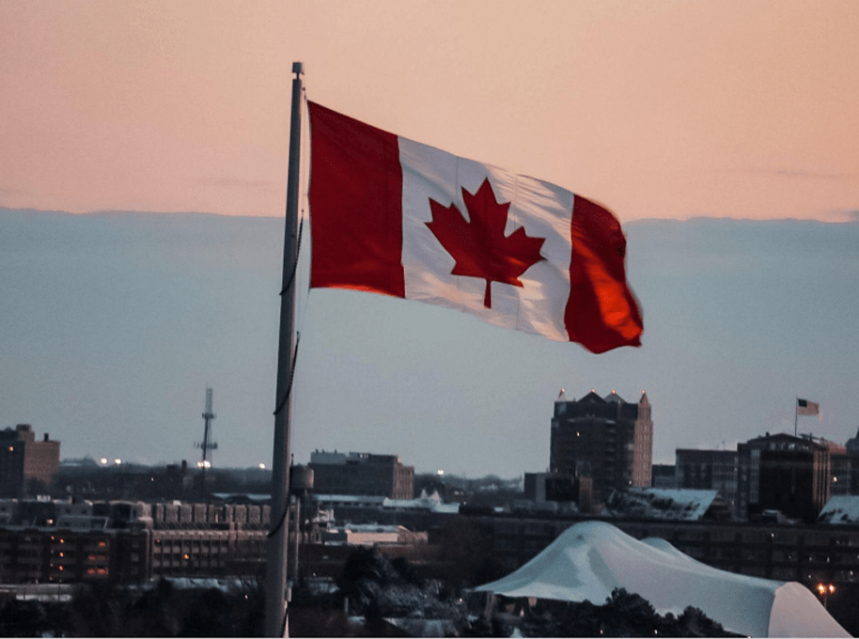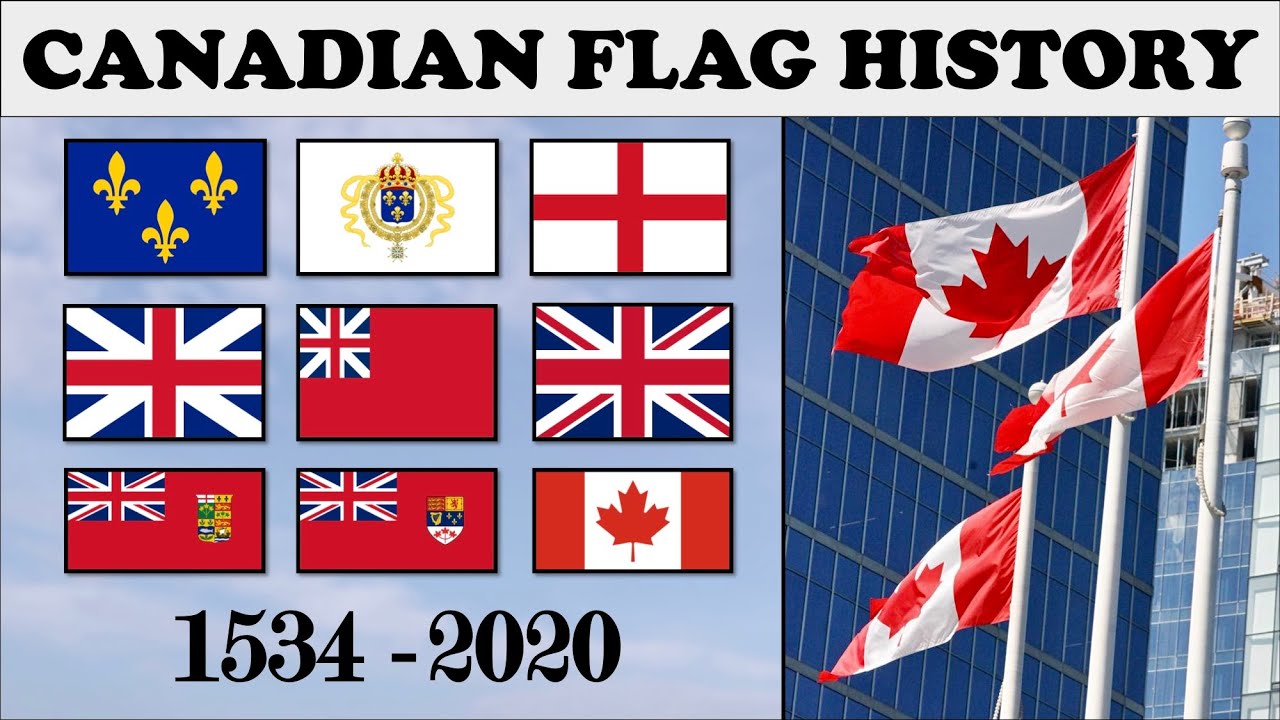A bright red maple leaf stands tall at the center of a white field, bordered by two vibrant red bands. The Canadian Flag is one of the most easily recognizable and beloved national symbols worldwide. For Canadians, it represents more than just their country—it unites cultures, celebrates diversity, and signals pride in a shared identity.
This post will take you on a brief yet fascinating journey through the history of the Canadian Flag, teach you how to properly display it, and reflect on its enduring role as a symbol of Canada.

A Brief History of the Canadian Flag
While the Canadian Flag is now an iconic and unmistakable national symbol, it is relatively new compared to the history of Canada itself. Before its adoption, Canada relied on various British-inspired flags, such as the Red Ensign, which held centuries of colonial ties. The modern National Flag of Canada, as we know it today, was born from the need for a distinct symbol that Canadians could proudly call their own.
From Controversy to Collaboration
The idea for a uniquely Canadian flag had been discussed for decades, but selecting a design proved to be a contentious process. The debate became especially heated in the 1960s as Canada’s centennial year approached and the government sought to adopt a fresh symbol of Canadian independence and identity. Some favored designs linked to Britain, while others wanted something completely Canadian, untethered to colonial imagery.
Finally, in 1964, a special parliamentary committee was tasked with the daunting challenge of choosing a unifying design. From thousands of submissions, one emerged as the clear winner—designed by historian George F.G. Stanley and inspired by the flag of the Royal Military College of Canada.

Official Adoption
After much discussion, the Canadian Parliament officially approved the red-and-white maple leaf flag in December 1964. It was raised for the first time on February 15, 1965, which has since been celebrated annually as National Flag of Canada Day. With its bold yet simple design featuring a single 11-point maple leaf, the flag became an enduring symbol of Canadian values, from inclusion to resilience.
Displaying and caring for the Canadian Flag comes with its own protocols. Respect and etiquette are vital when showcasing this symbol of national identity. Here are some important guidelines to keep in mind:
General Display Guidelines
Always ensure the Canadian Flag is clean and in good repair. A torn or soiled flag should be replaced immediately, as it is seen as disrespectful to display a damaged flag.
When flown with other flags, the Canadian Flag must take the place of honor (e.g., at the center or highest point if displayed with multiple flags).
If flown on the same flagpole as provincial or organizational flags, position the National Flag of Canada at the top.
Raising and Lowering the Flag
Raise the flag briskly and lower it ceremoniously. The process should always be done with care and respect.
The Canadian Flag should only be flown during daylight hours unless illuminated; it should be taken down at sunset otherwise.
On occasions of mourning, the flag is flown at half-mast as a mark of respect. Rules for half-masting are determined by the Government of Canada and should be followed appropriately.
Folding and Storing the Flag
If you're storing your Canadian Flag, fold it neatly to prevent creases and damage. Never crumple or place it carelessly on the ground, as this is considered highly disrespectful. Use a storage box or protective covering to keep it pristine.
Digital and Print Representation
The maple leaf symbol and the red-white color palette are distinctive elements of the Canadian Flag. If you're using digital or print versions, make sure they adhere to official proportions (2:1) and standards for color accuracy.

The Canadian Flag Today
For Canadians, the Canadian Flag is more than fabric; it’s a reflection of collective achievements, cultural diversity, and national pride. It’s raised high during national holidays like Canada Day, waved joyfully at international events like the Olympics, and displayed solemnly during moments of mourning.
The simplicity and elegance of its design transcend time and geography, making it a unifying presence not just within Canada but across the world. Whether you're a proud Canadian wanting to show your patriotism or a flag enthusiast fascinated by its story, the National Flag of Canada is a symbol that truly resonates.
Bring the Symbol of Canada to Your Space
The next time you see the maple leaf flying proudly in the wind, take a moment to reflect on what this symbol of national unity represents.
Looking to own your own Canadian Flag to display at your home or workplace? Visit our online flag store to find high-quality, official Canadian flags in various sizes and styles. Show your pride and join a community that cherishes Canada's vibrant identity.
The History and Etiquette of the Canadian Flag